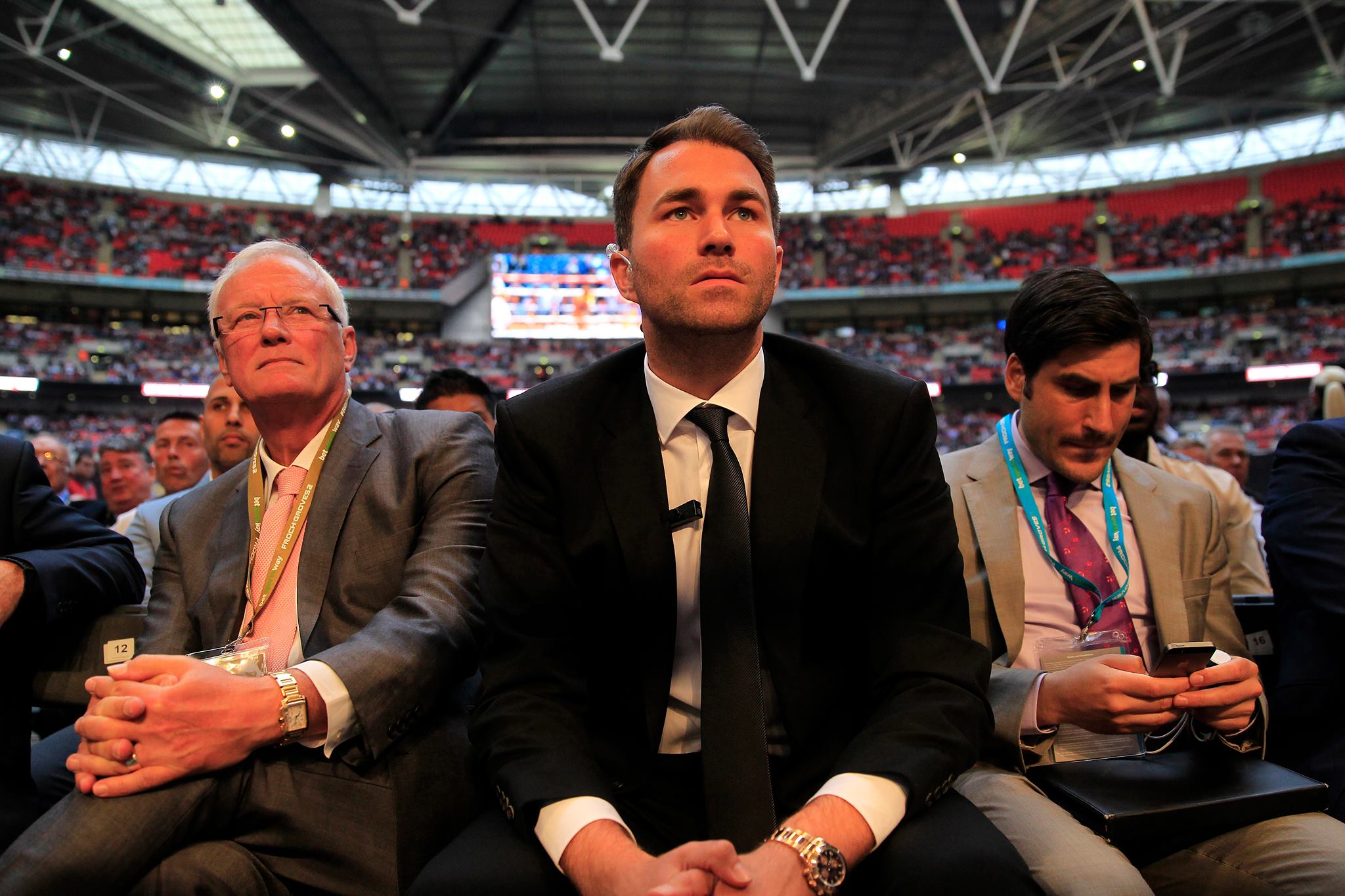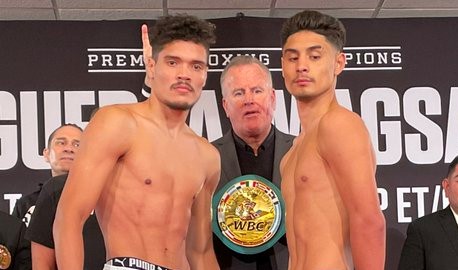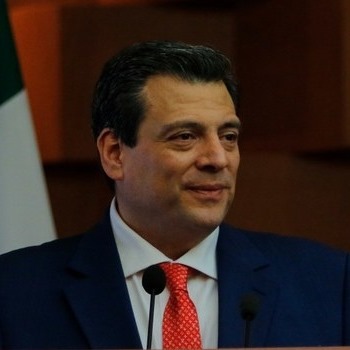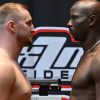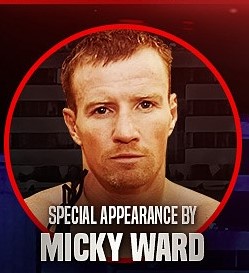By: Sean Crose
People were mad for a long time. A very long time.
If it’s true that history is simply a matter of perspective, then perhaps my perspective on the notorious Holyfield-Lewis I fight, which went down twenty years ago today, is as good as any. A 27 year old, I had been a lifetime fan of boxing and loyal a fan of heavyweight king Evander Holyfield for some time. Indeed, my teenage self proclaimed long before Tyson went to jail that Holyfield would have his number when the two inevitably met. I was proven right, of course, and I still to this day argue that Holyfield would have beaten Tyson had the two met when Tyson was in his prime (let’s not forget that Iron Mike’s best days were long behind him when they fought in 96 and 97).

Fandom, however, does not always relate to clear thinking. Therefore, I felt Holyfield’s showdown with Lennox Lewis on March 13th of 1999 would be end up merely being another notch in the great Holyfield’s belt as he moved along the post-Tyson chapter of his sterling career. Although I might not have felt completely in agreement with the reporter for a reputed national magazine who claimed Lewis had a big punch and nothing much else in his arsenal, I was certainly a person of my time and place – a young man in the dial up era who couldn’t get access to the plethora of fight news that’s available today. Lewis, after all, had essentially been absent from the truly bright lights during much of the 90s. He was a decorated fighter, true, but the biggest names – Holyfield, Tyson, Foreman, and Bowe – hadn’t had a thing to do with him. Why wouldn’t I assume the pure warrior Holyfield wouldn’t walk away with a win? Because Lewis had been left out of the elite heavyweight club for a reason, that’s why.
Although I wasn’t aware of it at the time, Lewis was looked on as poison. There’s a reason it was almost the new millennium before the man truly got a crack at a premiere fighter of his day. For Lewis was not only a big heavyweight for the era, he was a big heavyweight who could actually fight. And, back then, such men were a rarity. Towering fighters like Jess Willard, Primo Carnera, Gerry Cooney and the like never seemed to be able to let their huge frames lead them to greatness. Lewis, however, was the exception. In a sense, the man was a pioneer, the individual who rang in the big man era of today’s heavyweight division.
Looking back on it all now, it’s no surprise the battle played out like it did. Holyfield had predicted a third round knockout beforehand, and, although he didn’t get the KO, he certainly did very well in the third. Lewis, however, had dominated the first two rounds. The fourth was close, but Lewis hurt his man in the fifth. “Right now,” HBO’s Larry Merchant said at the end of the round, “Evander Holyfield looks like an old fighter.” By the end of the sixth, Lewis was cockily walking about the ring with his hands at his sides. What’s more, Lewis simply beat his man up in the seventh. Holyfield performed better in the eighth. Lewis, however, set the tempo in the ninth by simply letting Holyfield come to him, blocking off shots, and employing his jab. Holyfield seemed to have Lewis hurt early in the tenth, but Lewis’ jab simply seemed as if it might tell the story of the fight.
Lewis went on to dominate the 11th, then landed clean through the 12th. After the final bell, Lewis was understandably in a state of jubilation, clearly feeling he had won the match. “No questions,” said HBO’s Harold Lederman, “no doubt about it, Lennox Lewis wins the fight. The better jab, the cleaner punching, the harder right hands.” HBOs Jim Lampley also weighed in. “If the judges see fit to ignore this kind of numerical dominance,” he claimed, upon looking at the punch stats.“you would wonder how.” Needles to say, the judges scored it a draw: 115-113 for Holyfield, 116-113 for Lewis, and 115-115. “That’s a travesty,” said Lampley. Judging from the chorus of boos, the fans at Madison Square Garden agreed. What’s more, the world appeared to agree.
Back to my 27 year old self. After that weekend, I noticed things had changed in regards to boxing. Once complaints about the decision in and out of the media started to fade, I ceased to hear people around me talking about boxing much anymore. Whereas throughout the 90s, boxing discussions could be found in the media, in the workplace, at social occasions, and on the street, talk of the sweet science simply seemed to dry up, save for among a few hardcore fans. And the drought went on for years, as even big fights remained well out of the mainstream. When a rare major event, like Lewis-Tyson in 2002, or Mayweather-De La Hoya in 2007, went down, general interest couldn’t be maintained for long. I well remember the Floyd-Oscar bout being referred to as the “last” major boxing match.
It wasn’t until recently – and I mean very recently – that I started to feel that boxing might be beginning to regain wide cultural acceptance. And, to be sure, the sport appears to once again be in a healthy state. A word to the wise, however: most sport fans might only take so much of the kind of garbage we boxing nuts endure on a regular basis. That’s something worth keeping in mind the next time an outrageous score is read live on national television.






